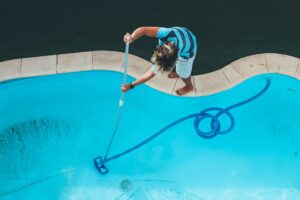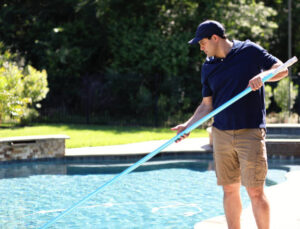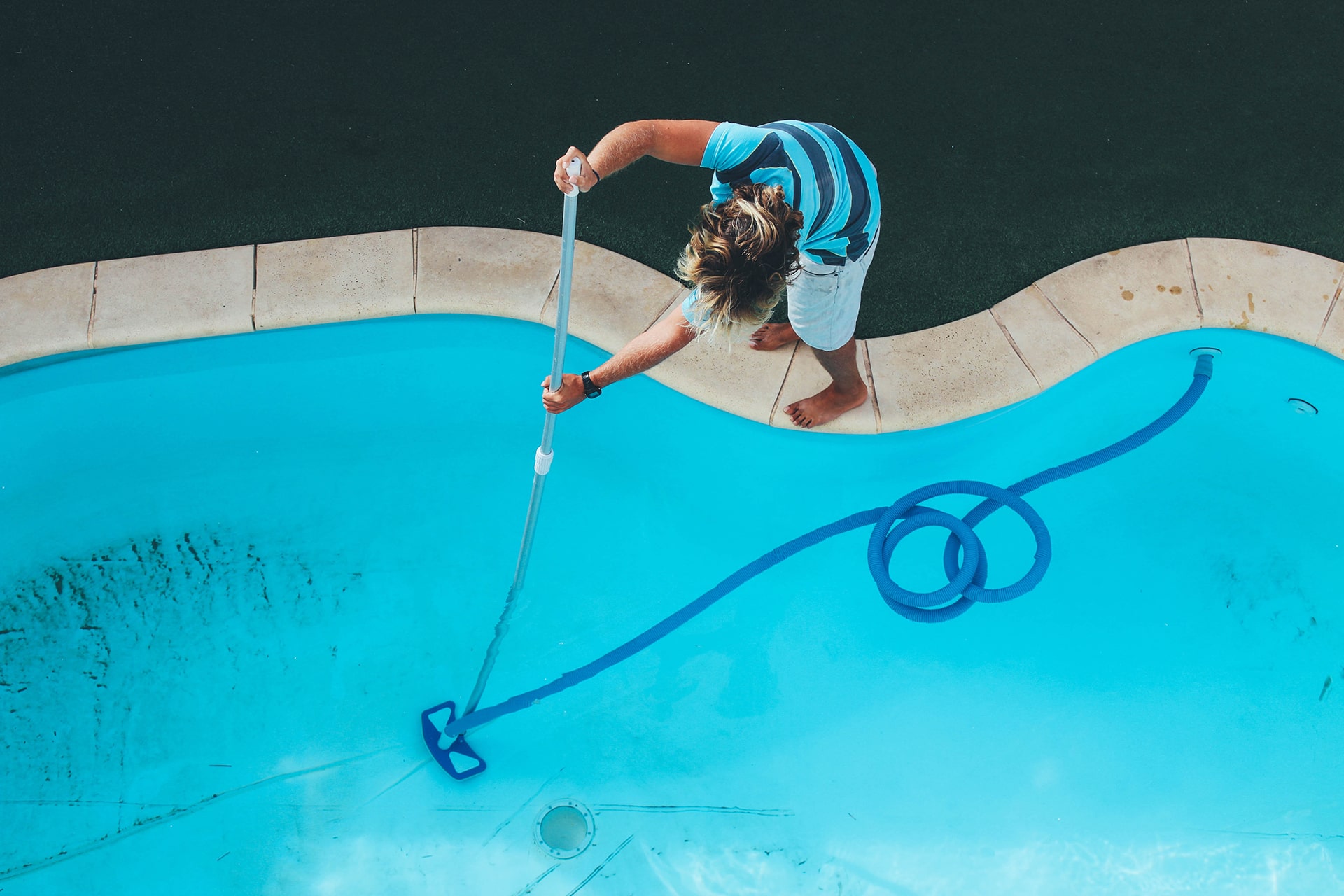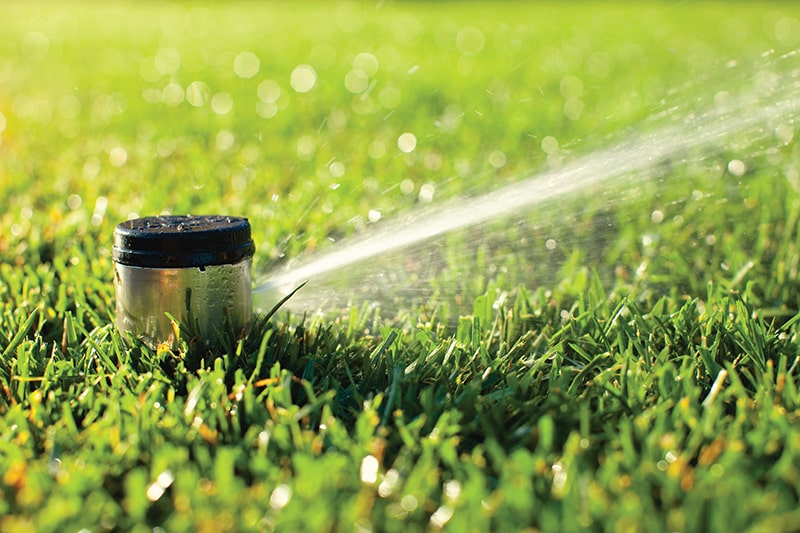Ensuring the cleanliness of your swimming pool is crucial for maintaining its reputation and optimal condition. To help you achieve this, we have compiled a brief guide that covers the key aspects of swimming pool cleaning and offers solutions to keep different pool areas clean. Additionally, we provide insights on cleaning and maintaining stainless steel, an important material in pool construction. By following these guidelines, you can optimize pool maintenance and ensure a sparkling and inviting swimming environment all year round.
The importance of swimming pool cleaning
Whether it’s located in a leisure center, sports facility, hotel, or resort, the regular cleaning and maintenance of a swimming pool are of utmost importance. Ensuring the pool remains spotless creates a comfortable and safe environment for users to relax and engage in aquatic activities, while also contributing to the facility’s reputation. Pool maintenance and cleaning are key factors in the success of any public pool business, as it ensures the facility remains open and ready for use at all times.
Regardless of the type of pool, cleanliness is determined by several factors, including the hygiene of the pool components, accessories, and most importantly, the water itself. Water quality parameters such as pH levels, which should be maintained between 7.2 and 7.6, must also be carefully evaluated.

Apart from the obvious benefits of a clean swimming pool, regular maintenance prevents issues such as cloudy water and extends the lifespan of pool components and accessories. This includes essential equipment like filtration pumps, disinfection systems, heat pumps, and dehumidifiers. Pool cleaning is directly linked to the performance of water treatment systems, as the two greatly impact each other.
Lastly, maintaining a clean pool positively affects sustainability, energy consumption, costs, and profitability. When all pool components are kept clean and the water is in optimal condition, operators can reduce their expenditure on disinfection products and avoid excessive energy consumption associated with treating neglected pools.
Cleaning different areas of the pool and recommended methods
When it comes to pool cleaning, it’s important to address different areas separately to ensure thorough maintenance. These areas include the pool vessel, accessories, and the hydraulic system and equipment. It’s worth noting that the water itself is treated separately.

Pool vessel cleaning
The pool vessel encompasses the entire basin, including the walls and floor. It is a crucial aspect of swimming pool cleaning and maintenance.
For daily cleaning, automatic robot cleaners are highly effective, effortlessly sweeping the pool basin. However, there may be small, hard-to-reach areas that these cleaners cannot access, such as the space between the end of the wall and the pool coping or corners in the case of concrete pools. To clean these areas, specialized disinfection products applied with brushes and high-pressure descalers should be used at least twice a week.
Panel pools with PVC liners are even easier to clean as they don’t have joints or challenging-to-reach spots. They require less manual cleaning and maintenance. If you encounter organic stains on PVC liners, “magic erasers” rubbed lightly on the surface or white clay stones in the form of a paste powder applied with a sponge or damp cloth are effective cleaning solutions.
In accordance with international, national, and regional regulations, larger swimming pools with a high volume of users should be completely emptied once a year. This ensures water cleanliness and allows for thorough cleaning of the basin. During this process, special attention should be given to the joints between pool panels, although they are generally easier to clean compared to tile pools due to their limited number.
Cleaning pool accessories
Various pool accessories, such as ladders, handrails, overflow channels, podiums, movable platforms, water jets, waterfalls, showers, lights, and ornamental pieces, require careful cleaning. These accessories should be cleaned manually approximately twice a week. Sponges and disinfecting products specifically designed for the materials used in each accessory are the best tools for this task. For stainless steel elements, cleaning methods will be discussed later. Surfaces that are frequently touched, like railings, should be cleaned daily.
Maintaining pool hydraulic systems and equipment
To ensure optimal water quality, volume, and temperature, swimming pools rely on hydraulic systems and associated equipment. These components also require periodic cleaning and maintenance to ensure peak performance and efficiency.
Whether you manually monitor water parameters using a photometer or employ smart devices like automated chlorinators, each piece of equipment should be checked and cleaned according to its specific instructions. Proper maintenance and cleaning of hydraulic systems not only promote hygiene but also lead to cost savings and reduced wear and tear on the installations. One excellent option is the use of electrolysis-based systems such as Neolysis.
Another effective method is the use of a flocculant dosing system, which enhances the performance of the pool’s filter by enlarging debris particles, making them easier to capture. The filter should be set to backwashing mode to remove any remaining particles at the bottom of the filter tank. This backwashing process should be performed approximately once a week or when the pump pressure indicator signals the need. By using a nozzle plate collector filter, this process can maximize air usage and minimize water consumption.

Cleaning stainless steel
Stainless steel pools are a popular choice due to their lightweight nature and sustainability. Compared to other materials, stainless steel requires less maintenance and fewer chemical products for cleaning. High-pressure sprays with specific disinfectant products are effective for cleaning stainless steel surfaces.
Stainless steel provides excellent water sealing, resulting in a longer lifespan for the pool. Additionally, stainless steel is 100% recyclable, making it an environmentally friendly option for pool operators.
To prevent corrosion or rust on stainless steel pools or accessories, follow these cleaning tips. It’s important to note that stainless steel can still rust, contrary to popular belief. Maintaining proper water pH balance throughout the pool’s operating season is essential.
- Use specially designed brushes that won’t scratch the steel.
- Avoid using sandpaper, scourers, or harsh chemicals.
- Apply a specialized polish followed by a brightener to remove rust stains and calcium buildup.
- Start by wiping off accumulated dirt, then wash with a neutral soap solution and tap water. Rinse with clean water and dry using a cloth.
Stainless steel pools and accessories such as stairs, railings, cascades, skimmers, water jets, filters, grills, lighting elements, etc., should be cleaned initially once a week. Pool operators can then assess the optimal intervals between maintenance sessions based on their specific conditions. When the pool is not in use, it’s advisable to remove accessories that may degrade, clean them thoroughly, and store them until the next swimming season.
Maintaining cleanliness for an efficient swimming pool
Pool cleaning goes beyond ensuring the comfort and safety of pool users. It plays a crucial role in cost reduction, energy optimization, and enhancing overall sustainability. By using appropriate products in the correct amounts and treating each pool component according to its specific needs, you can maximize the pool’s performance and longevity.
Contact us:
Address: 1427 S Federal Blvd, Denver, CO 80219
Hotline: +(303) 877-9091
Email: [email protected]




